Undiscovered Cuba - March 11 - March 22, 2018
Page Five - Bay of Pigs and Las Terrazas

Bay of Pigs (Bahia de Cochinos) on the south coast of Cuba
The Bay of Pigs Invasion was a failed military invasion of Cuba undertaken by the CIA
on April 17, 1961. A counter-revolutionary military group (made up mostly of Cuban exiles
who came to the U.S. after Castro's takeover, but also some U.S. military personnel) was trained
and funded by the CIA.
Planning started under President Eisenhower, and President Kennedy
approved the mission.
The intention was to overthrow the increasingly communist
government of Fidel Castro. The invasion was launched from Guatemala and Nicaragua.
The invading force was defeated within three days by the
Cuban Revolutionary Armed Forces under the direct command of Fidel Castro.
The failed invasion helped to strengthen the position of Castro's leadership,
made him a national hero, and entrenched the bad relationship between the former allies.
It also strengthened relations between Cuba and the Soviet Union.
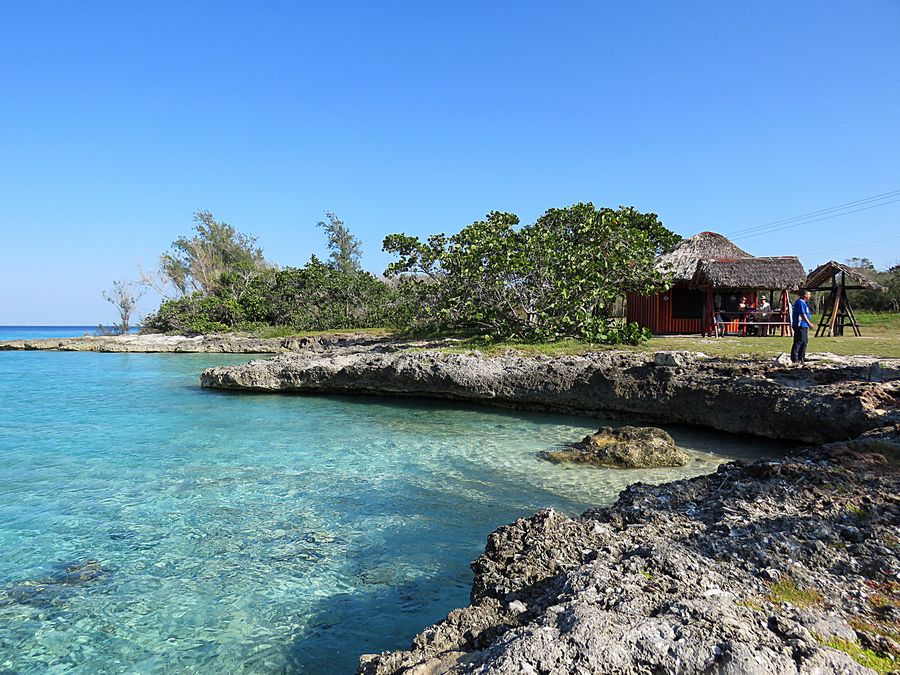
Our tour group went snorkelling in this part of the Bay of Pigs.
Cuba's reefs are relatively healthy compared to elsewhere in
the Caribbean due, in part, to Cuba's decades of isolation from
mass tourism and to its use of organic agricultural practices.
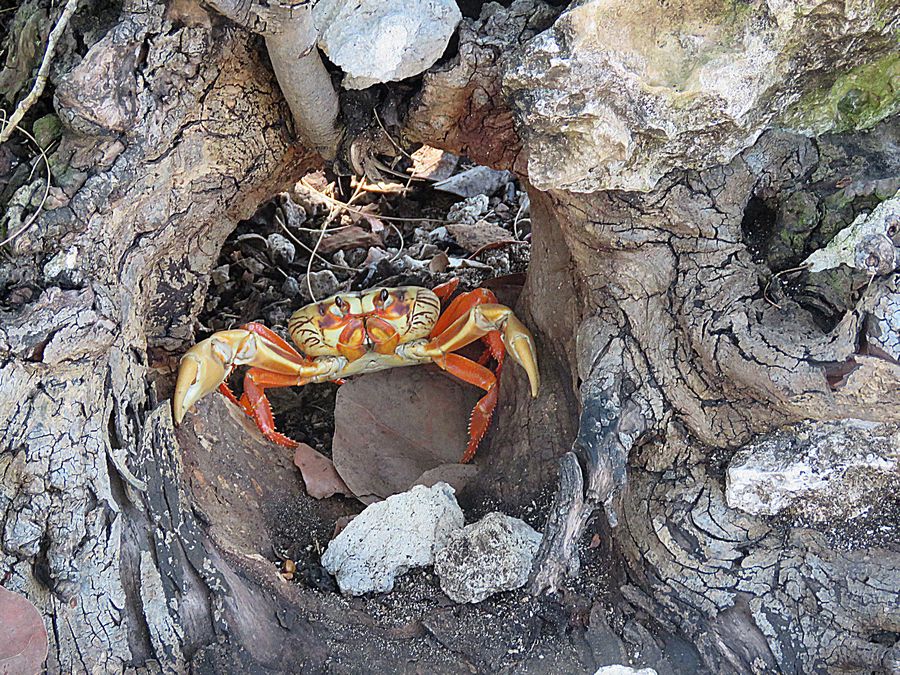
There were many crabs on the shoreline. This
one scurried into this fallen tree to try to hide from me.
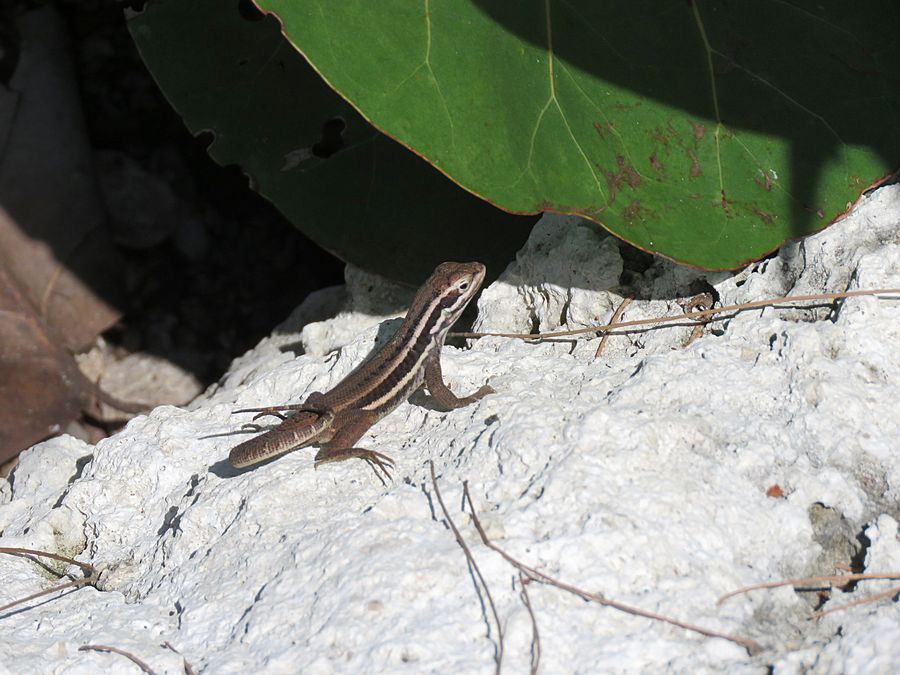
Lizard near the water
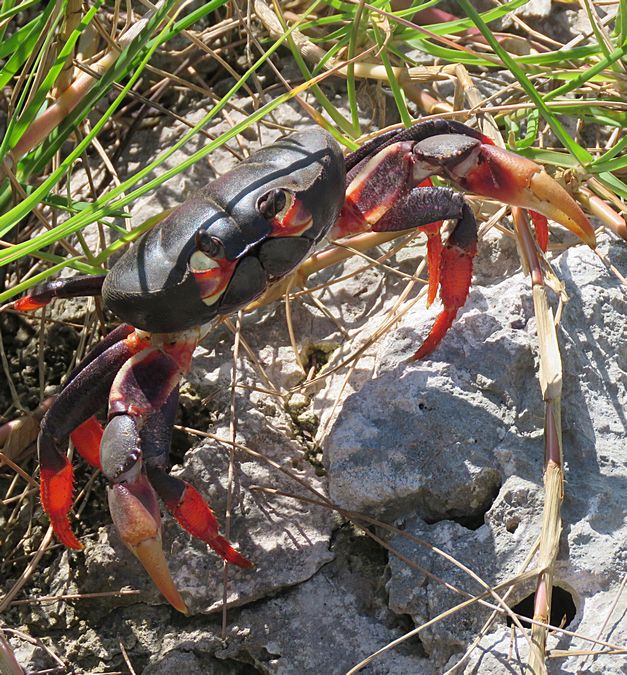
Another crab

Museo Giron, the Bay of Pigs Museum
The museum shows the Bay of Pigs invasion
from the Cuban perspective of how Castro
defeated the marauders. Displays chronologically take you through
the story. It ends with the photos of everyone who died on the Cuban side.
Artifacts and weaponry used are on display inside and outside. All
descriptions are in Spanish, but you can figure out the gist.
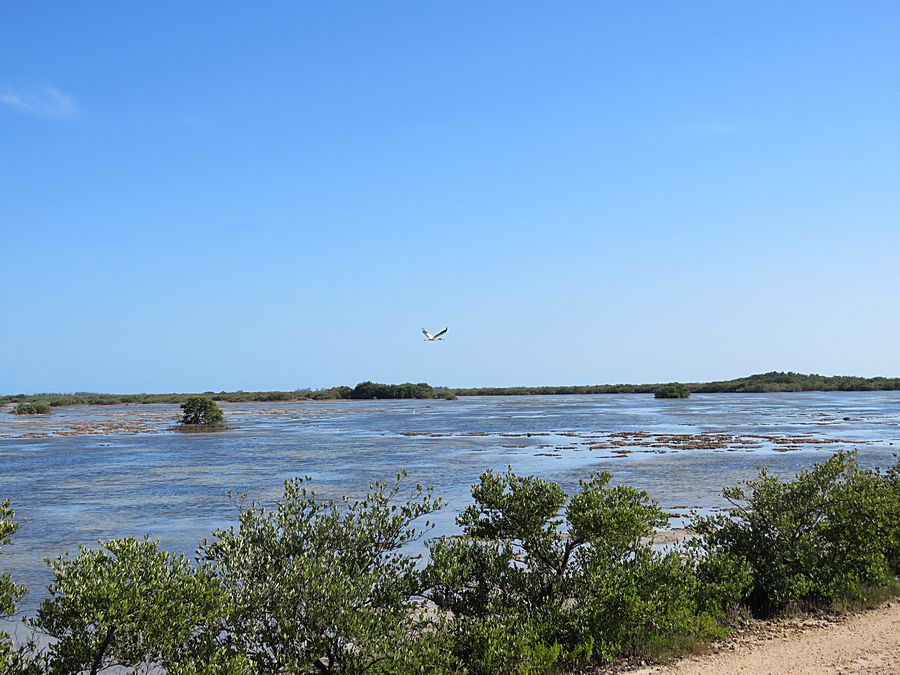
At Zapata National Park on the Zapata Peninsula in the Bay of Pigs area
Much of the park consists of marshes and lagoons.
j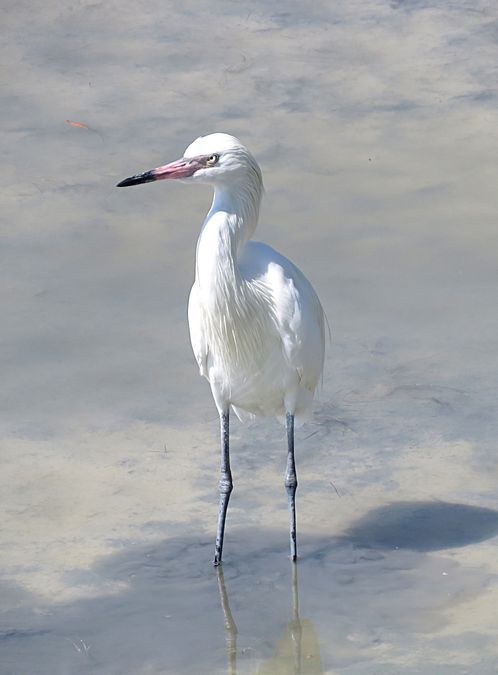
White egret
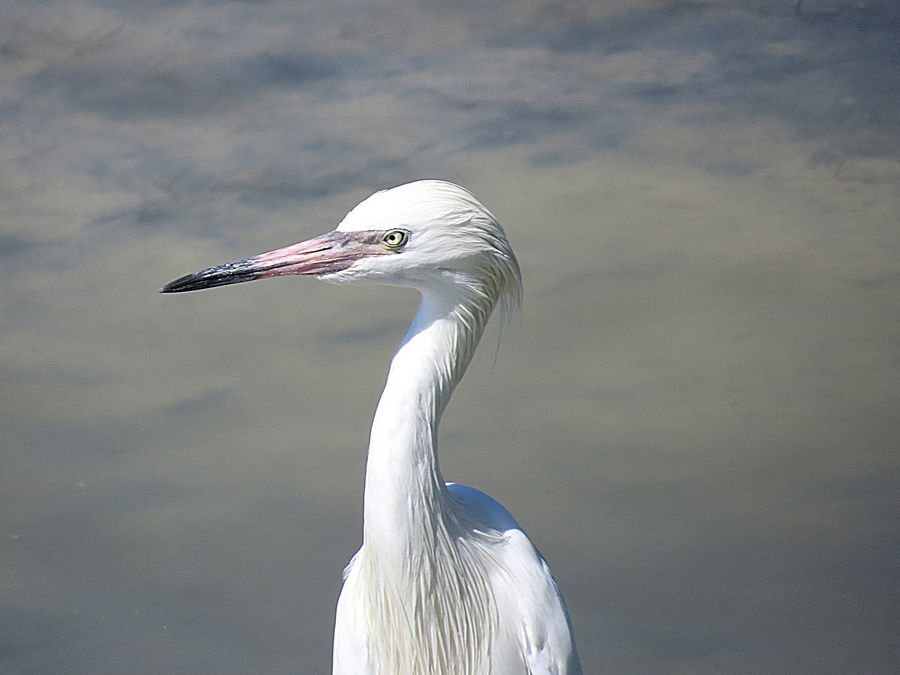
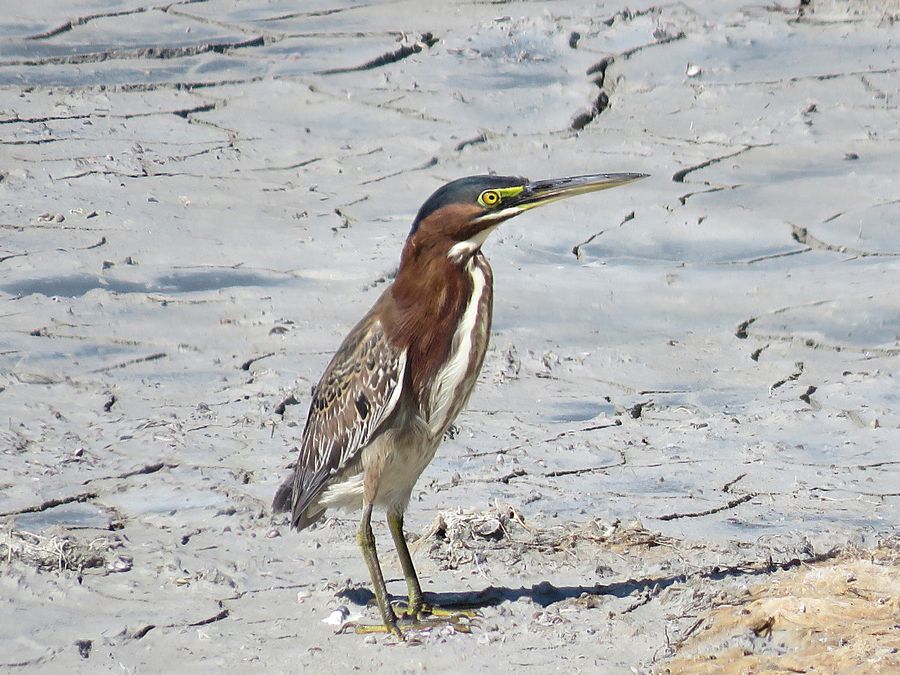
Green heron. They typically stand still on shore or in shallow water
or perch upon
branches and await prey.
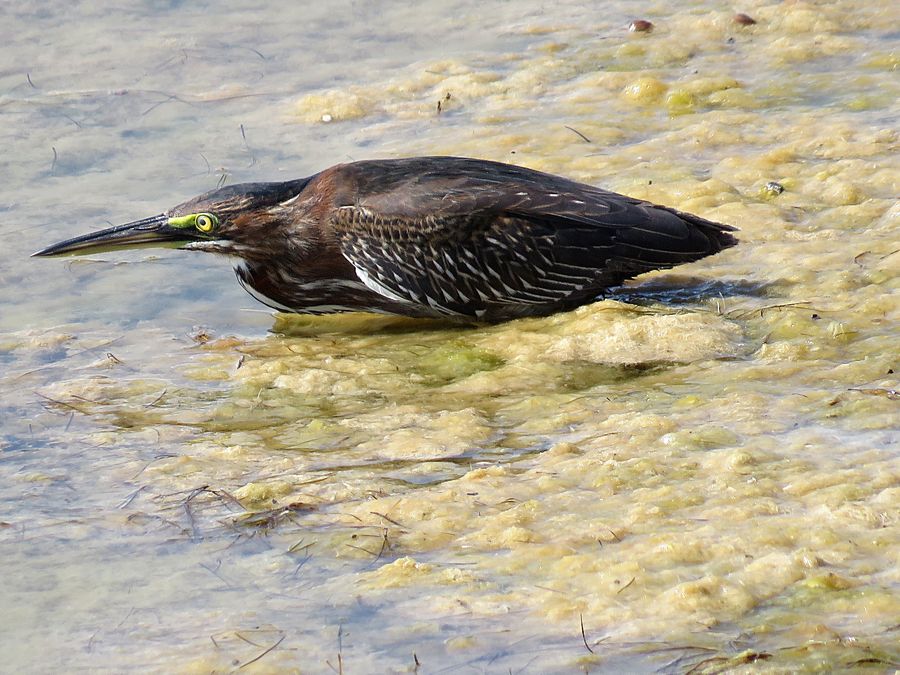
A green heron looking for prey.
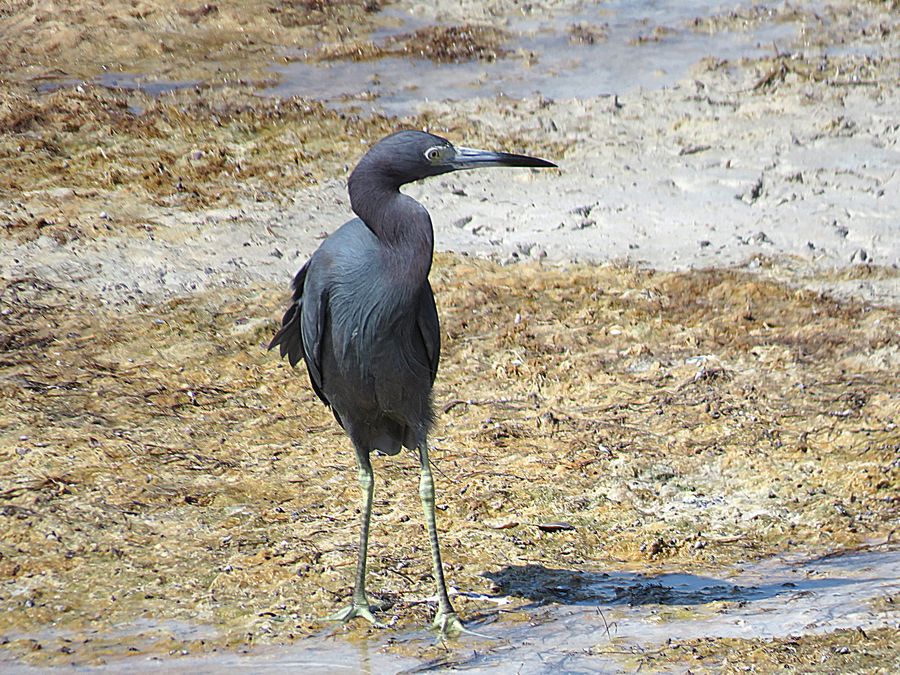
Blue heron
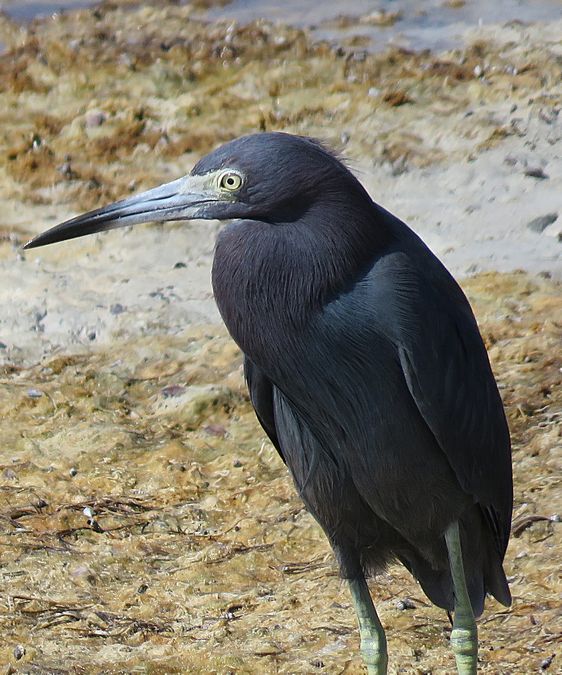
Blue heron
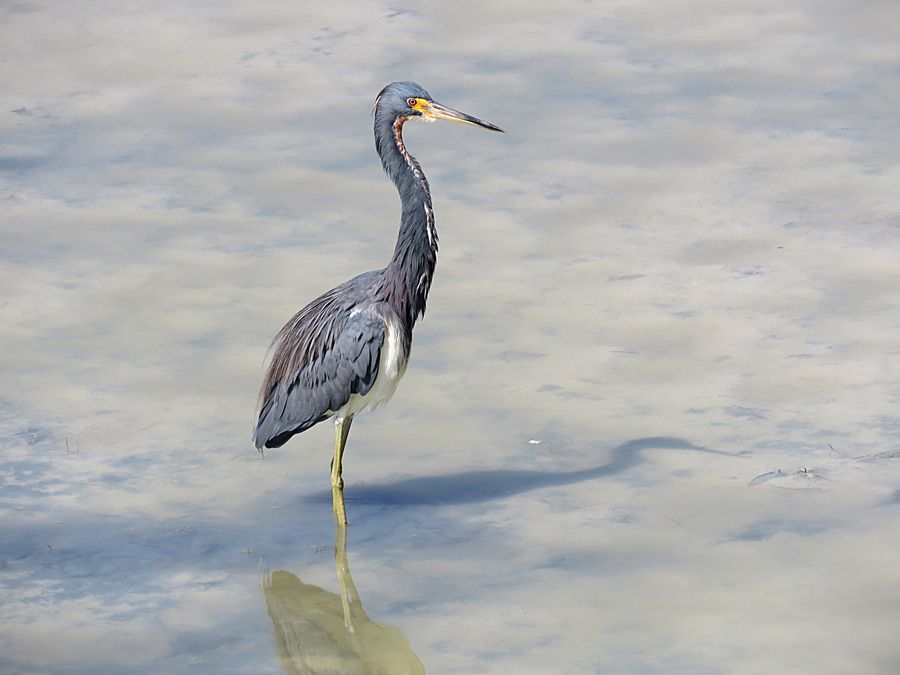
Tricolored Heron
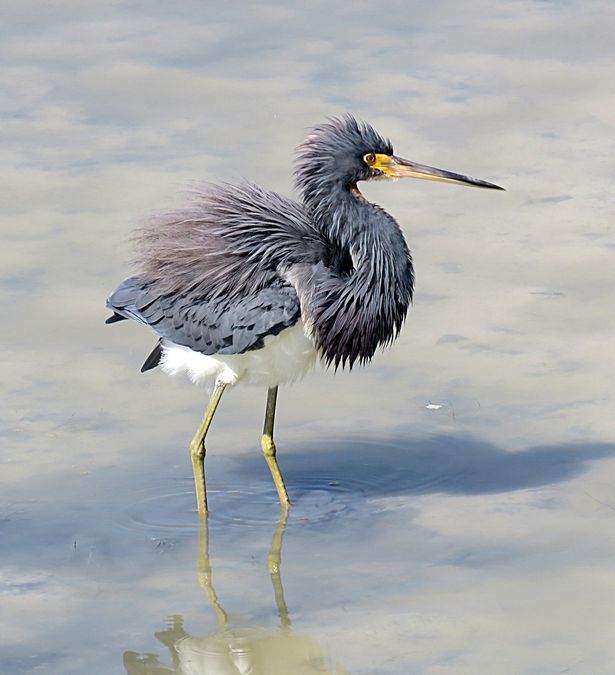
Tricolored heron windblown
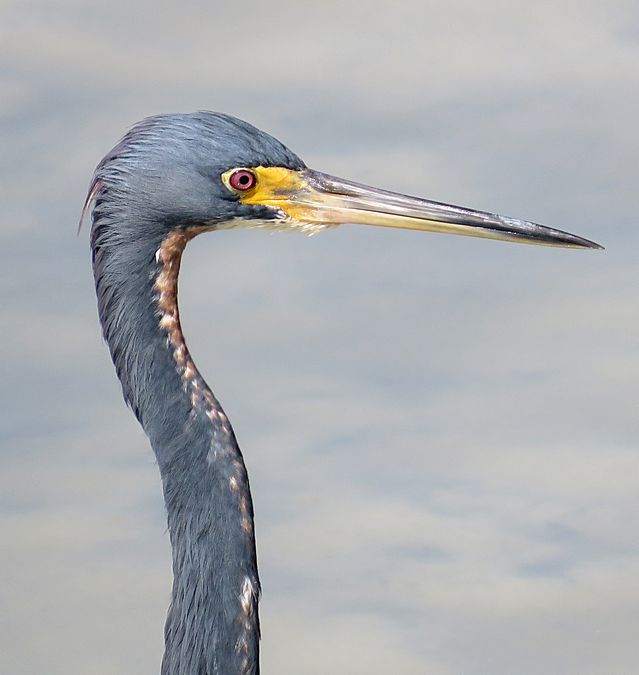
Tricolored heron close-up
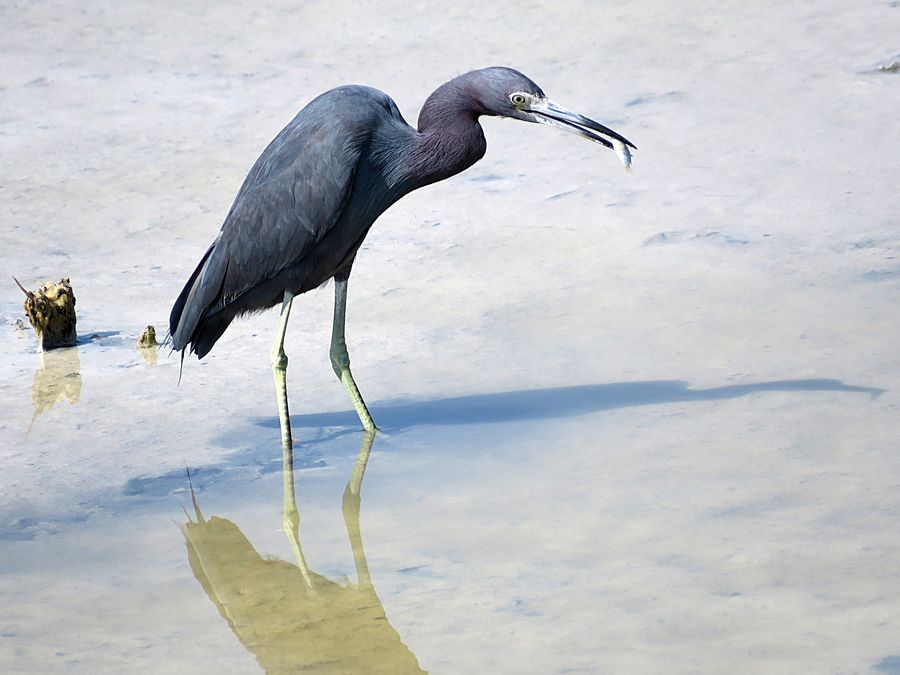
Blue heron with a catch
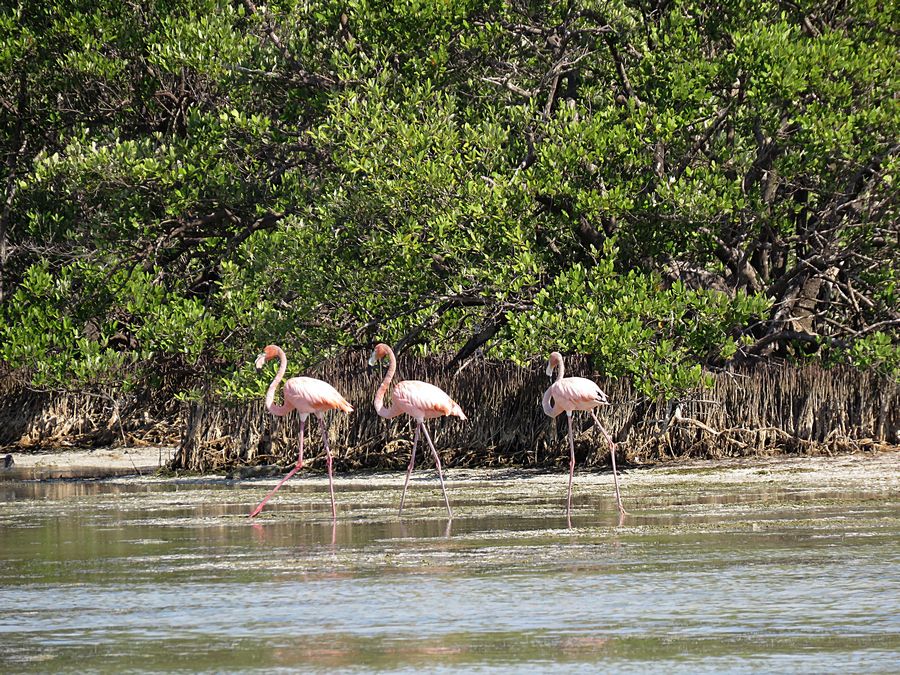
Pink flamingoes in the distance,
called the American Flamingo
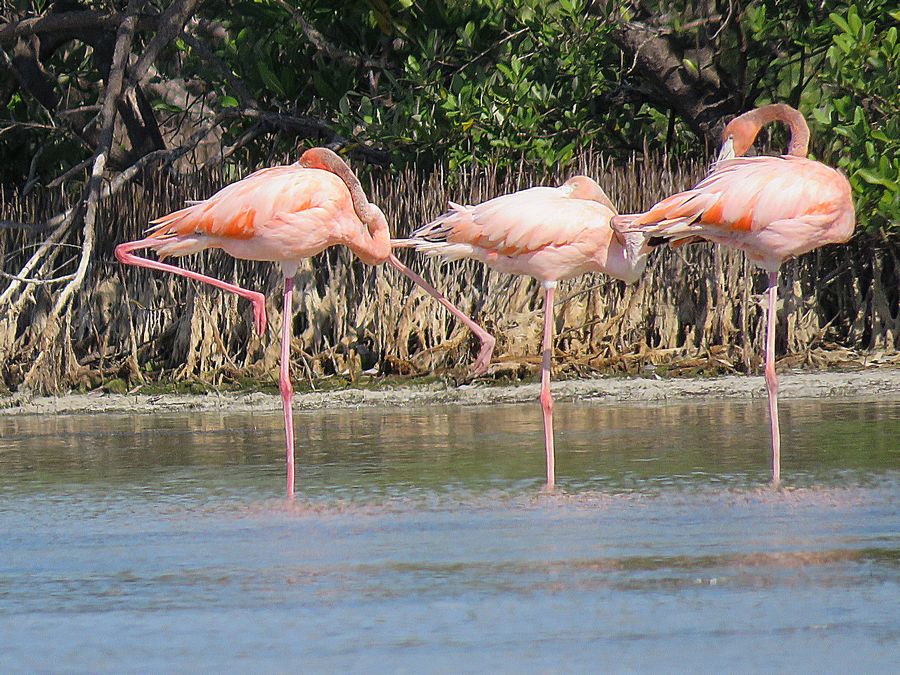
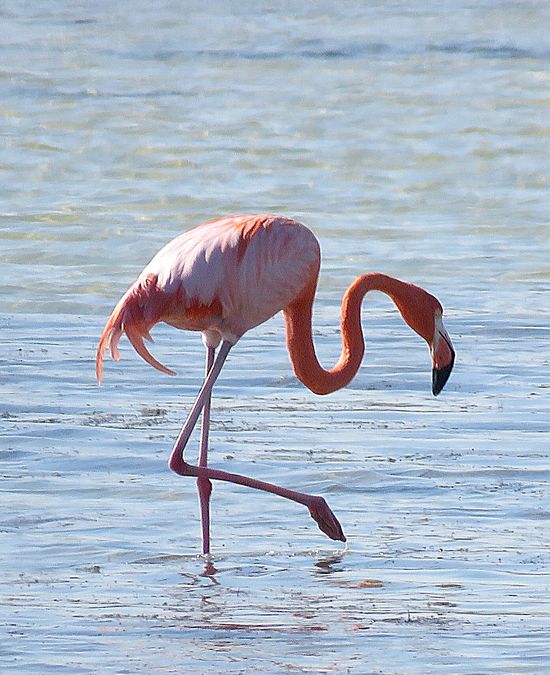
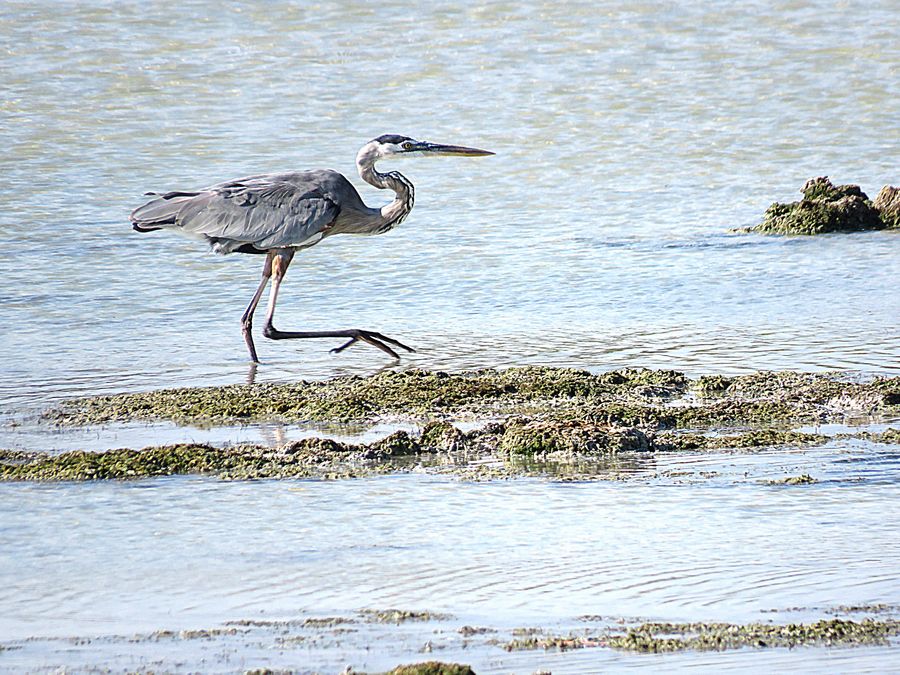
Some type of heron
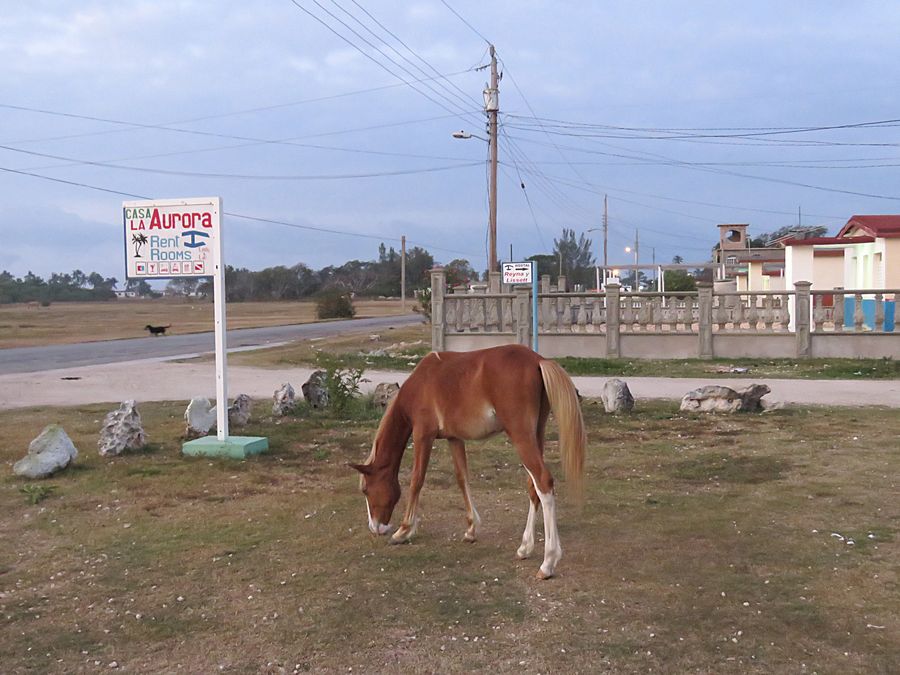
Colt that was grazing outside my room the morning of my birthday.
I had a room at this place next to Casa Luis, evidently because they
did not have space for all of us and probably just asked the neighbor to take
the spillover. Casa Luis was where almost everyone else in our
group was housed. It is unlikely that the family that owns
Casa Luis told Natural Habitat the neighbor would house a couple
of us.
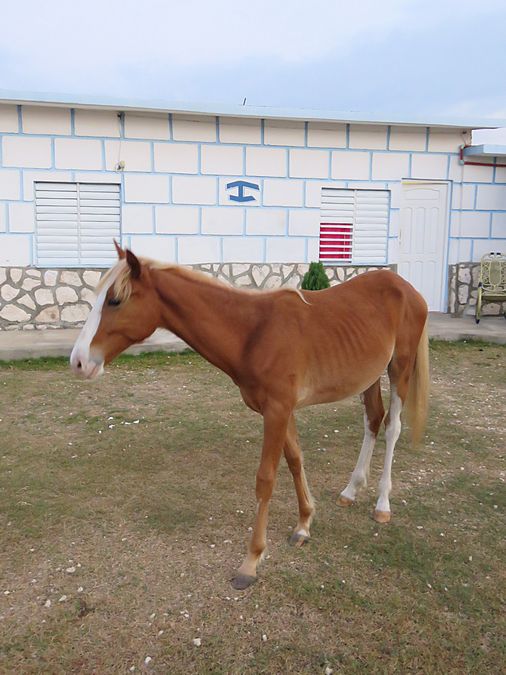
My room is behind the colt where you can see some red curtains.
The I-shaped sign means they pay taxes. Some owners might
try to rent rooms without paying the hefty taxes, but they
risk discovery and penalties.
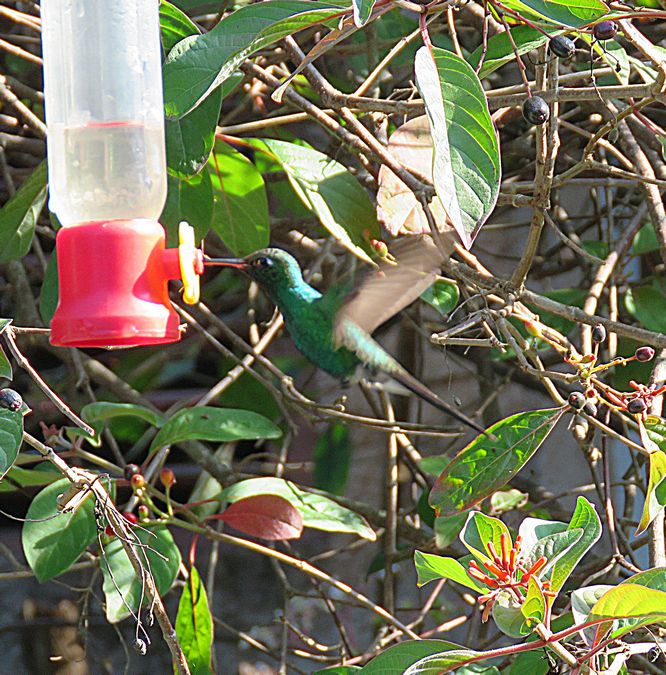
We drove to the western part of Cuba from Giron and the Bay of Pigs area.
On the way we stopped at a home to
view hummingbirds.
This is the Cuban Emerald Hummingbird.
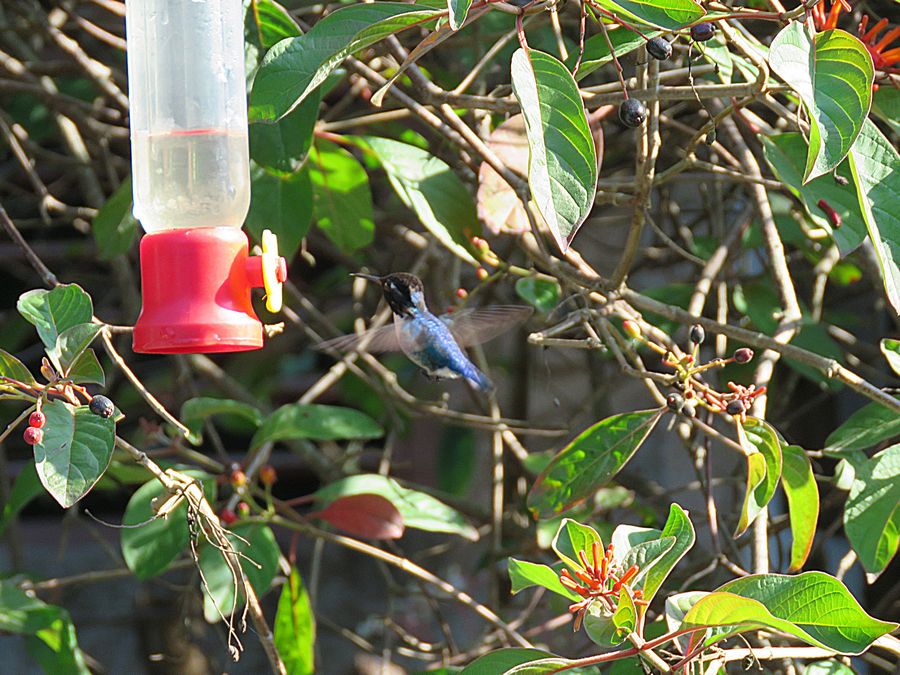
Bee hummingbird, endemic to Cuba, is
the smallest hummingbird in the world.

The Cuban Emerald Hummingbird often perches
on a wire to rest.
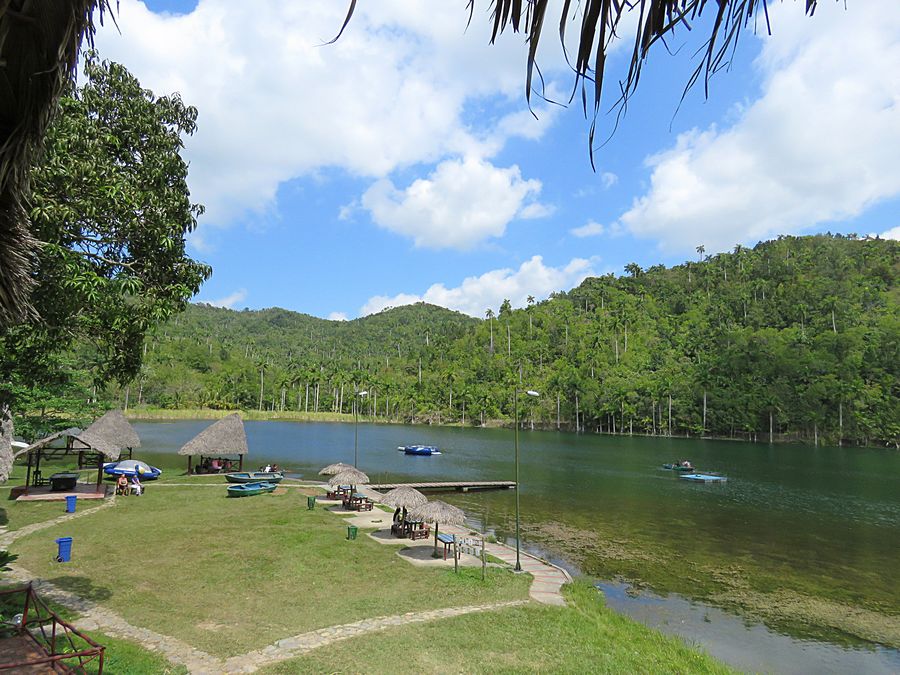
In Las Terrazas, a rural community focused on sustainable ecotourism.
Surrounded by nature, it is the site of some of Cuba's earliest coffee plantations
and a 1968 reforestation project. Today it is part of the UN Sierra del Rosario
Biosphere Reserve.
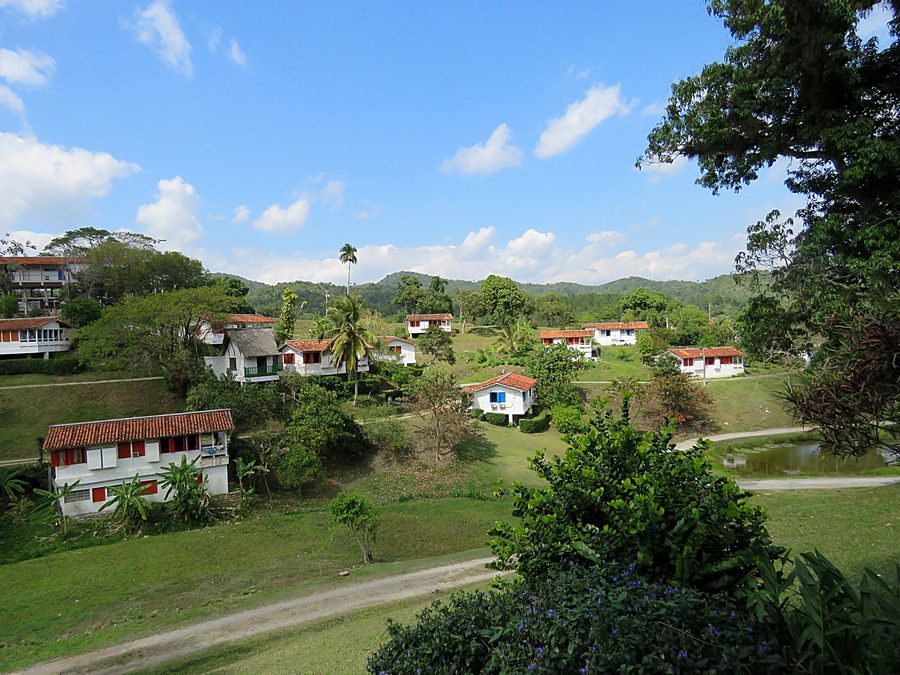
Las Terrazas is a small community and nature reserve in the municipality
of Candelaria in western Cuba. It is located in the Sierra del Rosario
Mountains.
The village has a population of about 1,000 and a number of hotels and restaurants
catering to tourists. The nature reserve includes secondary forest which was
planted on the surrounding (deforested) hills by building terraces to avoid erosion;
hence the name (in Spanish, terrazas means terraces).
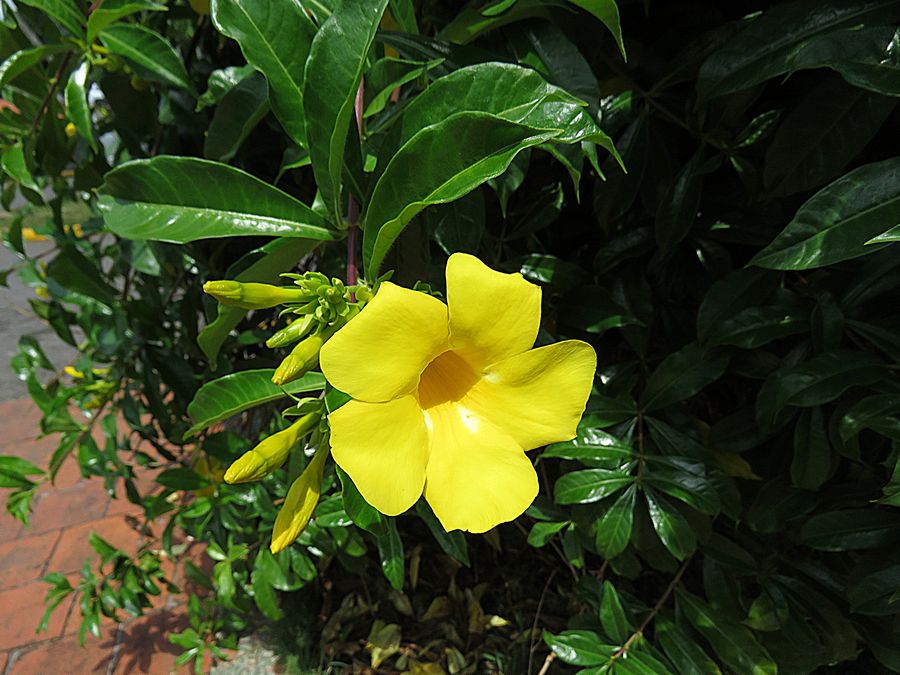
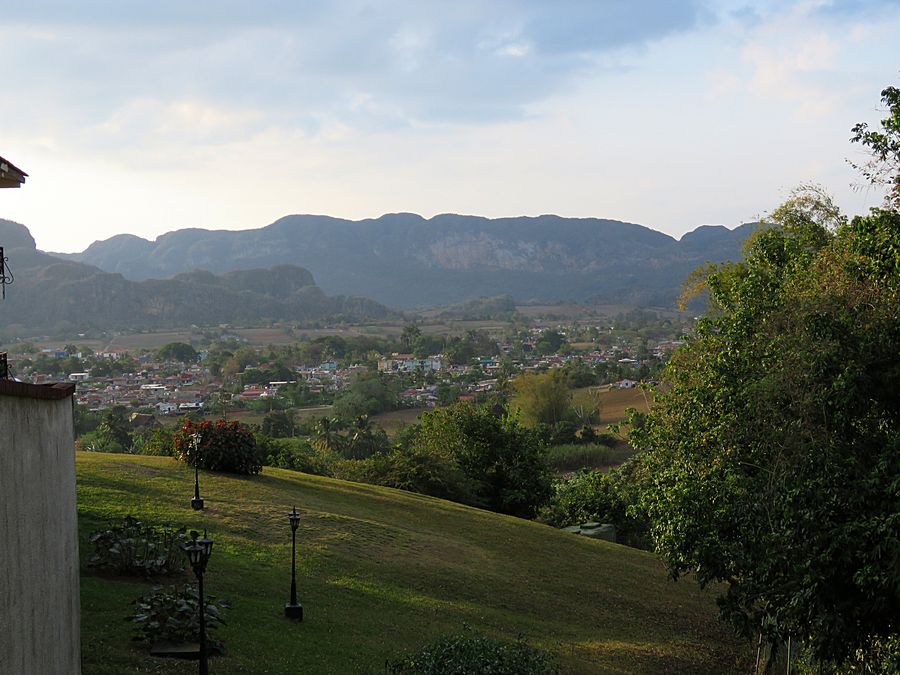
View of Valle de Vinales from my room at Hotel La Ermita.
This area was the last refuge of the Ciboney, an indigenous
hunter-gatherer tribe. The mountains are covered with caves.
Link to Page 6 - Valle de Vinales
Pat's Home Page